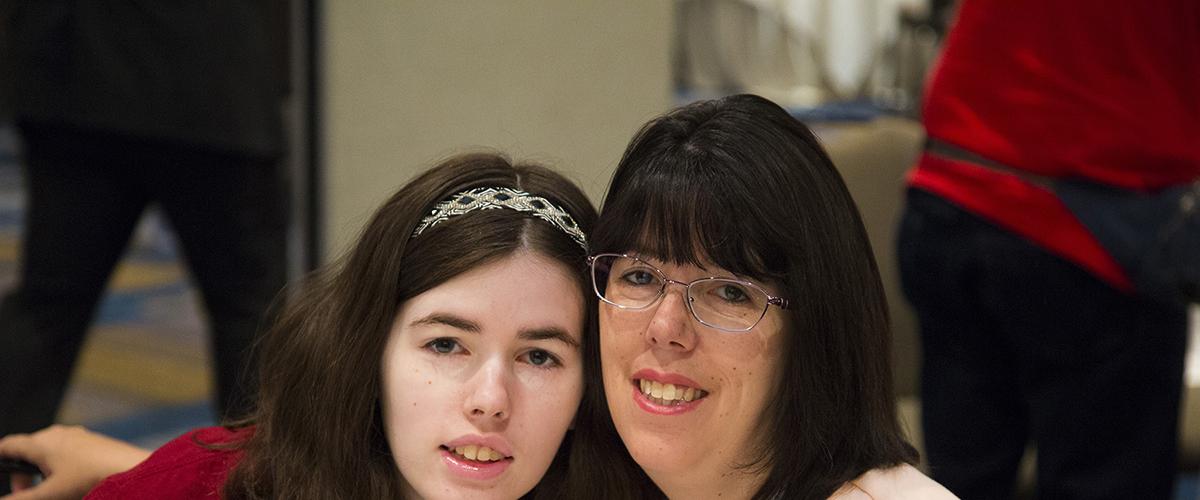Respiratory dysfunction is a major contributor to morbidity and mortality in DM. An evidence-based approach is essential to understanding the underlying risk factors and appropriate actions in management of respiratory status in DM patients. Such an understanding of the natural history and relative value of interventions for respiratory dysfunction is also essential in the design of interventional clinical trials. Careful natural history studies are the path forward to improved clinical care and informed clinical trials.
Understanding the Risk Factors Behind Respiratory Function in DM1
Dr. Ghilas Boussaïd (Hôpital Raymond Poincaré, Garches, France) and colleagues have evaluated the relationship of DM1 genotype and other respiratory function determinants in the progression of respiratory dysfunction. Their prospective observational study provided data on 283 subjects, followed for five years or until loss to follow-up, for regression modeling of functional changes over time.
Respiratory function parameters associated with CTG repeat length were determined via a multivariate linear regression analysis. Higher peak cough impairment and lower vital capacity and maximum inspiratory pressure were associated with longer CTG repeats. Observed decline over time in vital capacity was associated with longer CTG repeats, older baseline age, and higher baseline BMI values. Longer CTG repeats also correlated with larger decreases in maximum inspiratory pressure, maximum expiratory pressure, and increased risk of death. Very long repeats (>1000) were associated with annual vital capacity declines as high as 36%--these rapid declines flag adult CDM patients for very close respiratory monitoring.
Impact of Respiratory Care
Non-invasive ventilation was in use for 13% of study subjects at baseline and was initiated in 41% of the remaining subjects during follow-up. Decision to initiate non-invasive ventilation was associated with lower peak cough flow after accounting for age and arterial CO2 tension. Non-invasive ventilation improved vital capacity. The authors posit that closer respiratory follow-up is warranted for patients with long CTG repeats and/or high BMI. They also noted the compliance issues with non-invasive ventilation in DM1 patients and highlighted the importance of considering sociological and psychological variables in future studies of respiratory function and non-invasive ventilation.
Taken together, the authors established that long CTG repeats are associated with a more severe respiratory phenotype and faster functional decline. Obesity was also identified as an important risk factor for respiratory status. They did not identify an association between non-invasive ventilation and many measure of improvements in respiratory status, but concede limitations in this study. Overall, starting early with regular peak cough flow assessments and following patients closely, particularly in adults with CDM, were seen as an effective means of reducing risks of respiratory dysfunction.
References:
Genotype and other determinants of respiratory function in myotonic dystrophy type 1.
Boussaïd G, Wahbi K, Laforet P, Eymard B, Stojkovic T, Behin A, Djillali A, Orlikowski D, Prigent H, Lofaso F.
Neuromuscul Disord. 2017 Dec 26. pii: S0960-8966(17)30524-2. doi: 10.1016/j.nmd.2017.12.011. [Epub ahead of print]

